Why Is HBr Used to Make Dextromethorphan (DXM) a Salt Instead of HCl?
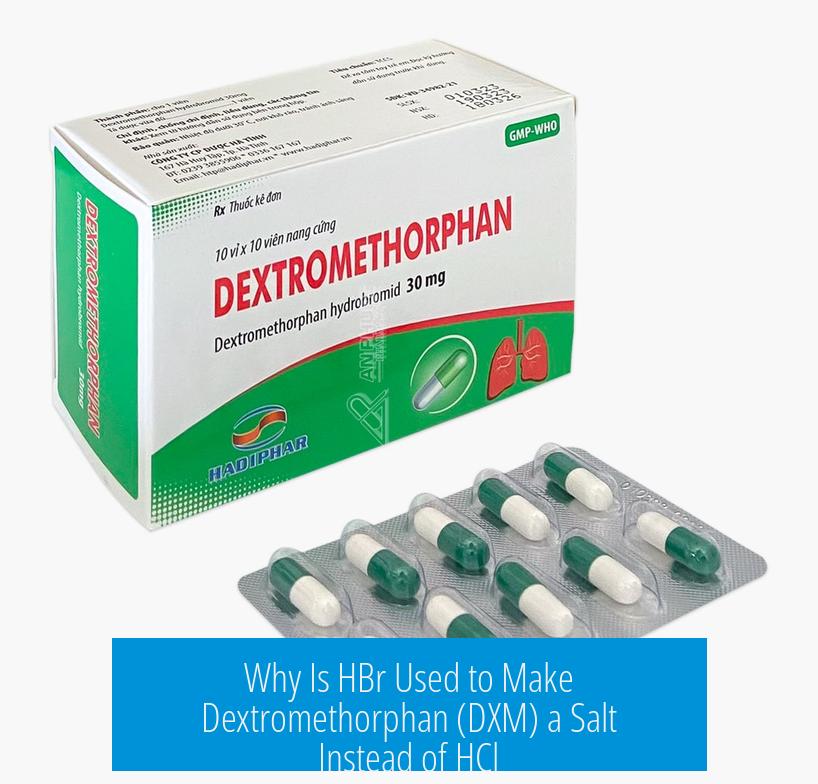
Dextromethorphan (DXM) is commonly formulated as its hydrobromide (HBr) salt rather than its hydrochloride (HCl) salt because the HBr salt exhibits superior pharmaceutical properties. These include better solubility, a preferred crystal form with less polymorphism, improved powder properties, and enhanced bioavailability. Such factors optimize the drug’s formulation and delivery in the human body.
Salt Selection in Drug Development
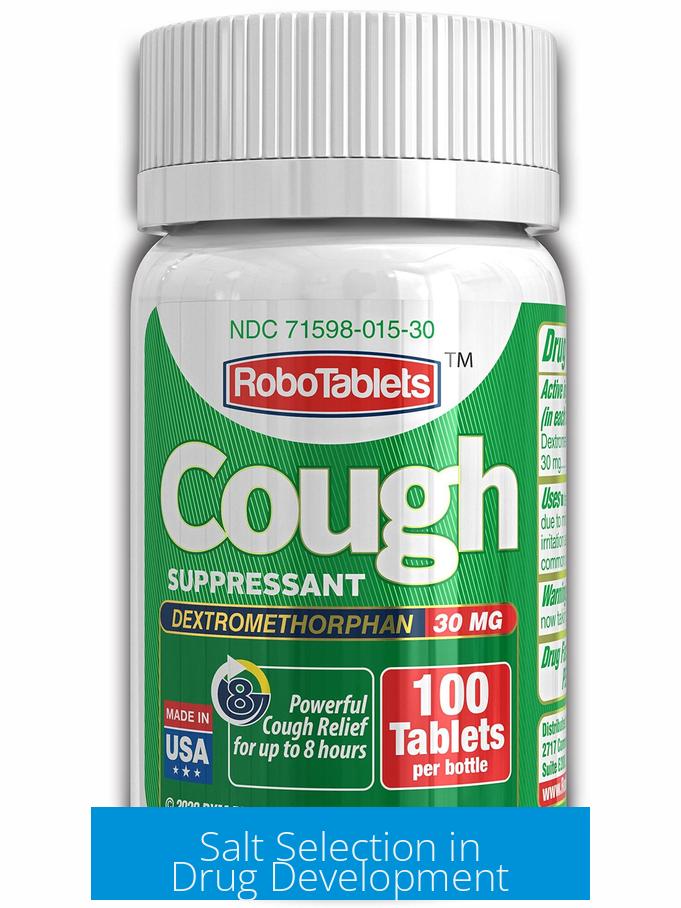
The process of making a drug as a salt starts with the presence of ionizable groups in the drug molecule. DXM contains a basic amine group that can form salts with acids such as HCl or HBr.
Formulators test various acid salt forms by mixing the drug with different organic and inorganic acids. Each salt form is evaluated for key properties: solubility, dissolution rate, stability, and ease of manufacturing. These properties affect how the drug behaves during administration, its bioavailability, and its shelf life.

No salt form is universally best. Each drug has unique characteristics that dictate which salt performs best. Therefore, the choice between hydrobromide and hydrochloride salts requires empirical testing.
Physical and Chemical Differences Between HBr and HCl Salts
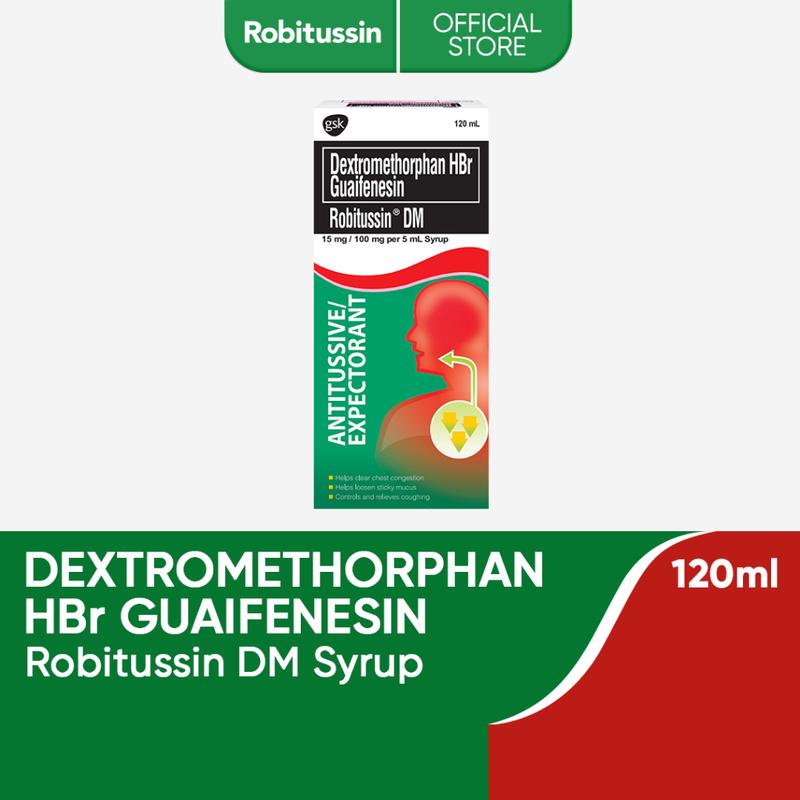
Crystal Structure and Polymorphism
One main reason DXM hydrobromide is favored is the crystal structure stability. DXM HBr forms a single, consistent crystal structure. In contrast, DXM HCl exists as multiple polymorphs—different crystal shapes of the same chemical. The U.S. Food and Drug Administration (FDA) requires validation of all polymorphs for safety and consistency, complicating the formulation process.
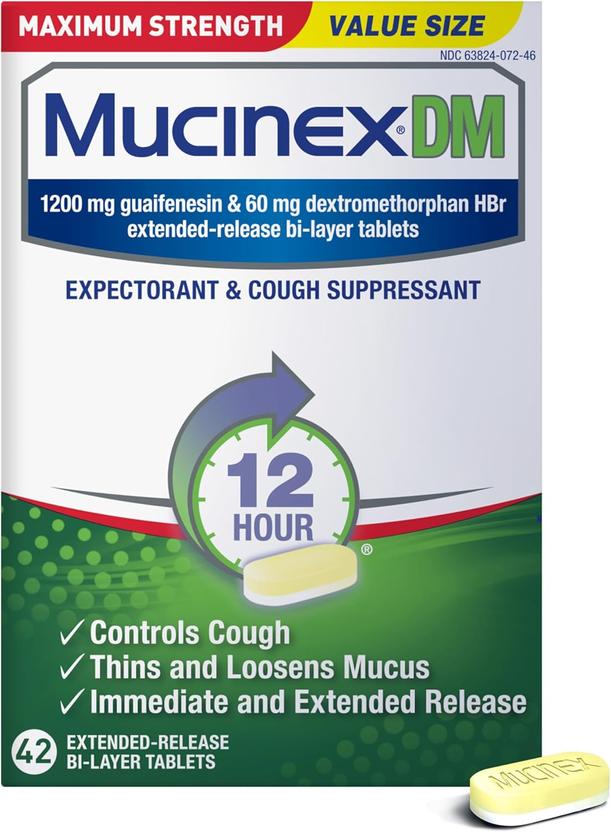
Polymorphs differ in physical properties such as melting point, solubility, morphology, and particle size distribution. These affect how the drug powders flow and compress during tableting and influence the drug’s bioavailability.
Solubility Advantages of Hydrobromide
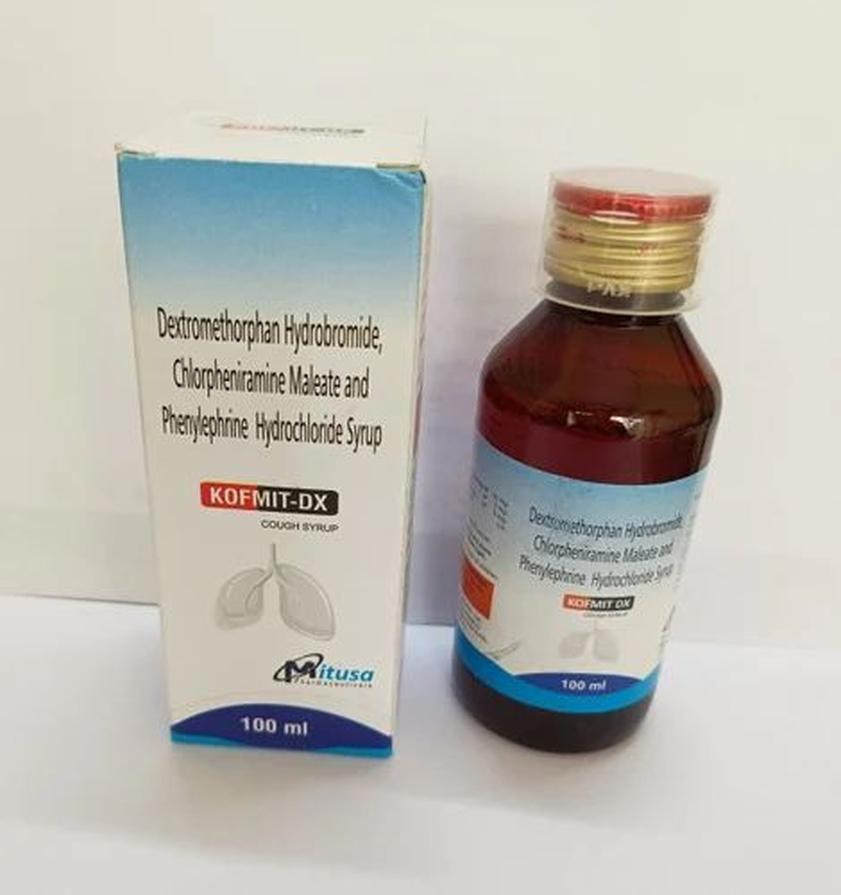
Solubility is a key factor in salt selection. DXM free base has limited water solubility (~74.7 mg/L). Converting to hydrobromide dramatically improves water solubility to about 15 g/L at 25°C. Hydrobromide salts are generally more soluble than hydrochlorides, partly due to the bromide ion’s larger size and polarizability. This better solubility facilitates easier salt precipitation during synthesis and improves dissolution in the gastrointestinal tract.
More soluble salts tend to dissolve more readily, enhancing absorption rates when taken orally. In contrast, the hydrochloride salt’s polymorphic forms may exhibit variable solubility, complicating consistent drug delivery.

Pharmaceutical Formulation and Bioavailability Impact
The salt form directly impacts several drug formulation properties:
- Stability: Salts influence solid-state stability, affecting shelf life.
- Absorption: Salt solubility affects the rate and extent of absorption.
- Processing: Powder flow and compressibility during manufacturing changes with salt crystal properties.
- Dosing: Salt selection can optimize the amount of drug delivered reliably.
Hydrobromide salts of DXM provide better control over these parameters, resulting in improved bioavailability and consistent therapeutic effects.
Chemical Nature and Transformation of DXM Salt Forms
As a free base, DXM is relatively insoluble and presents formulation challenges. The hydrobromide salt is created through a precipitation reaction where DXM free base reacts with hydrobromic acid. This converts the drug into an ionic salt that has markedly decreased water solubility compared to the free base, but greater than other salt forms, which facilitates improved handling and administration.
DXM hydrobromide dissolves readily in water and ethanol but is practically insoluble in ether and freely soluble in chloroform. These solubility characteristics influence extraction and purification during manufacturing.
Additional Considerations in Salt Choice
Safety and Abuse Potential
Hydrobromide salts have raised concerns related to bromide ion exposure, which can cause bromism upon excess intake. However, therapeutic doses limit this risk. Some speculate the salt form may influence abuse potential, but this is not the primary reason for selection.
Comparison to Alternative Salt Forms
Other salt forms, like the polistirex complex, are used but tend to be expensive and less effective at lower doses. The hydrobromide salt balances cost-effectiveness with favorable pharmacokinetics.
The Purpose of Salt Formation in Drug Design
Both hydrochloride and hydrobromide salts improve oral drug solubility and absorption compared to free bases. Salt forms ease digestion and absorption, increase shelf life, and enhance manufacturing reliability. Choosing HBr for DXM results from a multifaceted optimization aimed at maximizing patient benefit and manufacturing feasibility.
Summary of Key Points
- Salt selection depends on drug-specific tests for solubility, stability, and polymorphism.
- DXM hydrobromide has a single crystal form, unlike the polymorphic hydrochloride, easing FDA approval.
- Hydrobromide salts generally exhibit superior water solubility facilitating better absorption.
- Salt form affects drug bioavailability, powder processing, and dosage form design.
- DXM HBr is preferred due to its manufacturing ease and consistent pharmaceutical properties.
- Safety profiles are managed by therapeutic dosage controls; bromide toxicity is rare at prescribed doses.
Why is HBr Used to Make Dextromethorphan (DXM) a Salt Instead of HCl?
The simple answer: HBr, or hydrobromide, forms a salt with dextromethorphan (DXM) that boasts better solubility and crystal stability compared to HCl (hydrochloride), making drug formulation and bioavailability more optimal. Now, that’s straightforward, but let’s dive deeper into the science and quirks behind this choice.
Dextromethorphan is commonly known by many as a cough suppressant. However, from a pharmaceutical chemistry angle, it’s a basic drug compound that bears an ionizable amine group. When making medications, converting a free base drug into a salt is a tried-and-true tweak. This change can dramatically influence how well the drug dissolves, how stable it is, and ultimately how it behaves in your body.
Salt Formation: Why Bother?
So, why do drug makers bother creating salt forms? Picture the drug as a shy guest who won’t mingle well unless you’re holding their hand tightly. Salt formation is the act of giving this guest a partner in the form of an acid—like HBr or HCl—so they’re easier to handle. This improves solubility and absorption, which directly impacts the drug’s effectiveness.
When scientists encounter a new basic drug, the salt selection process begins. Various organic and inorganic acids mix with the drug’s free base to create different conjugate acid salts. These salts go through rigorous testing to check solubility, dissolution rates, and how they affect drug delivery.
Interestingly, it’s not always obvious which salt will be superior. This unpredictability means manufacturers test many combinations. In the case of DXM, hydrobromide shines where hydrochloride falls short.
Crystal Structure and Polymorphism: The Hidden Puzzle
One crucial factor in salt choice is the crystal structure. The DXM hydrobromide salt is a star performer here. It forms a single, stable crystal structure. Meanwhile, the hydrochloride salt dances to a more complex tune, presenting several polymorphs.
What’s polymorphism and why does it matter? Polymorphs are like different “shapes” or arrangements a crystalline compound can take. Each polymorph has unique traits—melting point, particle size, solubility, hygroscopicity (how much moisture it absorbs), and more. The FDA requires thorough validation of all polymorphs due to their impact on drug stability and bioavailability.
Because DXM HBr has a single crystal form, it faces fewer regulatory hurdles and offers more consistent batch-to-batch performance. The hydrochloride’s polymorphic nature complicates things, demanding extra testing and raising formulation challenges.
Solubility: The Game-Changer
Let’s talk solubility. Solubility governs how fast and well a drug dissolves in the body’s watery environments—key to absorption. DXM presents as an odorless, white to slightly yellow crystalline powder in its free base form with a water solubility of about 74.7 mg/L. That’s fairly low, making it a challenge to formulate directly.
On the other hand, dextromethorphan hydrobromide salt boasts roughly 15 g/L solubility in water at 25°C—a ~200-fold improvement! This leap facilitates better dissolution, faster onset of action, and improved bioavailability. For comparison, the hydrochloride salt’s solubility doesn’t reach this high, possibly limiting its effectiveness.
Additionally, the hydrobromide salt is freely soluble in solvents like ethanol and chloroform but practically insoluble in ether—information important during drug manufacture and purification.
Pharmaceutical Formulation and Bioavailability Impacts
The choice of salt doesn’t just affect chemistry; it changes how the drug delivers relief. A better solubility profile means the drug can be absorbed quicker or more consistently. Since DXM targets the central nervous system for cough suppression, this can translate to faster symptom relief.
Powder properties differ too. Hydrobromide salt provides favorable bulk density, particle size distribution, and morphology. These characteristics improve tablet formulation, making production smoother and dosage more uniform. Also, stability improves, protecting the drug from degrading prematurely.
In essence, choosing DXM HBr over HCl helps ensure consumers get a reliable, effective cough medicine each time they pop a dose.
But Wait—Are There Drawbacks?
Every superhero has a kryptonite, right? The bromide ion can build up if consumed excessively, possibly causing bromism— a toxic condition marked by neurological symptoms. Due to this, manufacturers must carefully balance doses to avoid toxicity risks. It’s one reason why formulations are designed with safety margins.
Moreover, alternate salt forms like polistirex exist but come with higher costs and limited effect at standard doses, especially for users with tolerance. This means hydrobromide remains the most practical and cost-effective choice today.
To Sum It Up
- Salt formation is essential for improving drug solubility and delivery.
- Hydrobromide salt of DXM shows better solubility (about 15 g/L) than hydrochloride, leading to superior bioavailability.
- Its single crystal structure simplifies manufacturing and regulatory approval, unlike the polymorphic hydrochloride salt.
- Improved powder characteristics aid formulating tablets or liquids.
- Potential bromide toxicity requires careful dosage design.
So, next time you see dextromethorphan hydrobromide on a label, remember the clever chemistry behind the scenes. It’s not just about slapping a name on a compound—it’s a careful balance of science, safety, and effectiveness. And all because the humble hydrobromide salt tends to keep things crystal clear.
What other hidden choices do you think influence your medicine? The chemistry world is full of surprises!
Why is hydrobromide (HBr) preferred over hydrochloride (HCl) to make dextromethorphan (DXM) a salt?
HBr salts of DXM often have better solubility and more stable crystal forms than HCl salts. The hydrobromide form usually has a single crystal structure, reducing issues with polymorphs that affect drug stability and formulation.
How do polymorphs influence the choice between HBr and HCl salts for DXM?
Polymorphs differ in solubility, melting point, and particle size. DXM hydrobromide typically forms one stable crystal type, while the hydrochloride salt shows multiple polymorphs. This affects drug bioavailability and manufacturing consistency.
Does the difference in pKa between HBr and HCl affect DXM salt formation?
The pKa difference between HBr and HCl is negligible for DXM. The main factor is solubility differences; hydrobromide salts tend to be more soluble, aiding easier precipitation and processing.
What role does solubility play in choosing HBr for DXM salt formation?
HBr salts generally dissolve better in water than HCl salts. Higher solubility facilitates salt formation via precipitation and helps improve drug absorption and bioavailability.
Are there any safety or abuse concerns related to using HBr in DXM salts?
Excessive bromide can cause toxicity known as bromism. The choice of hydrobromide salt might also relate to controlling abuse potential, though the primary reasons are chemical and pharmaceutical properties.


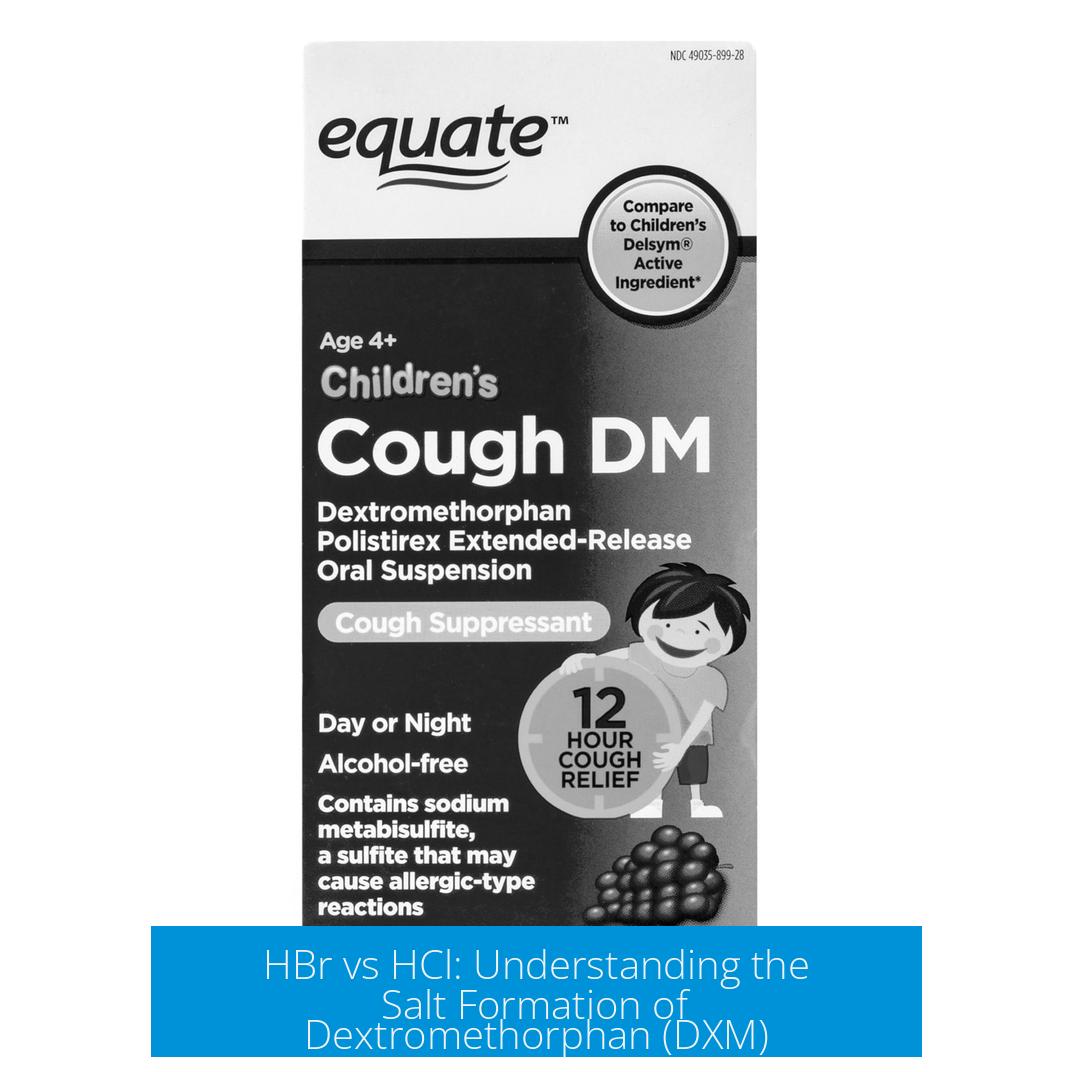


Leave a Comment